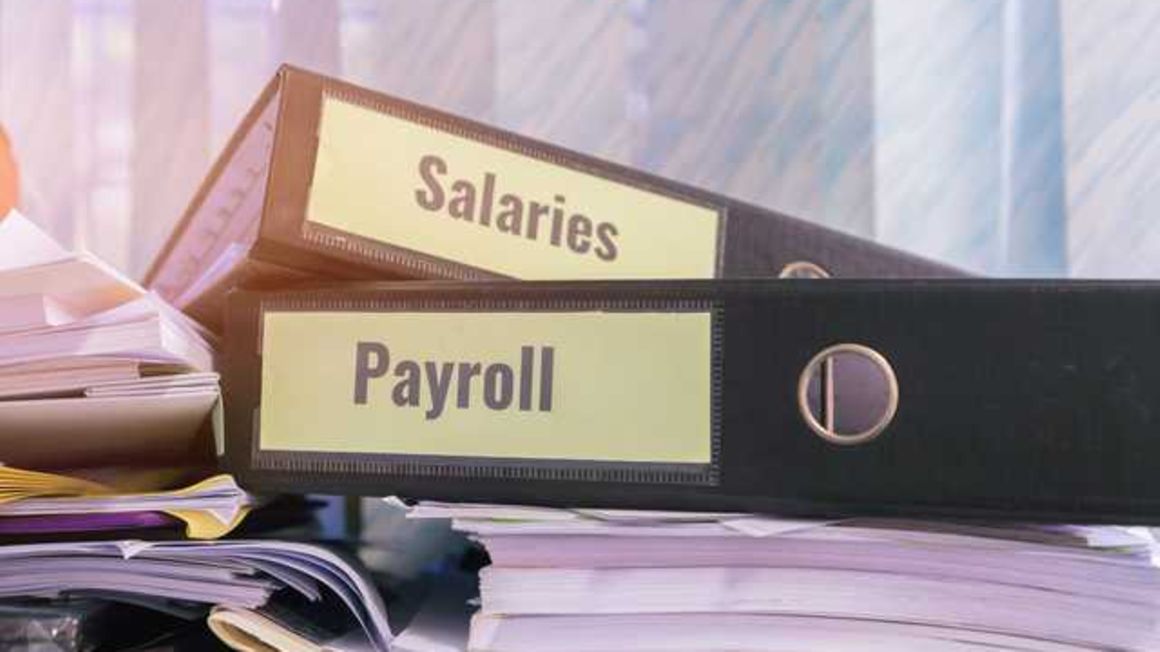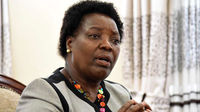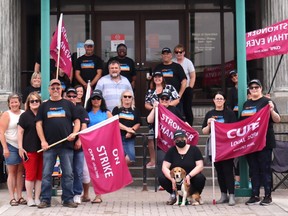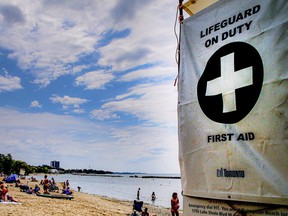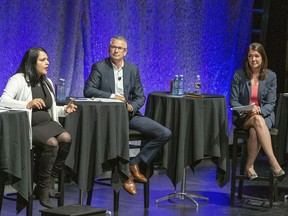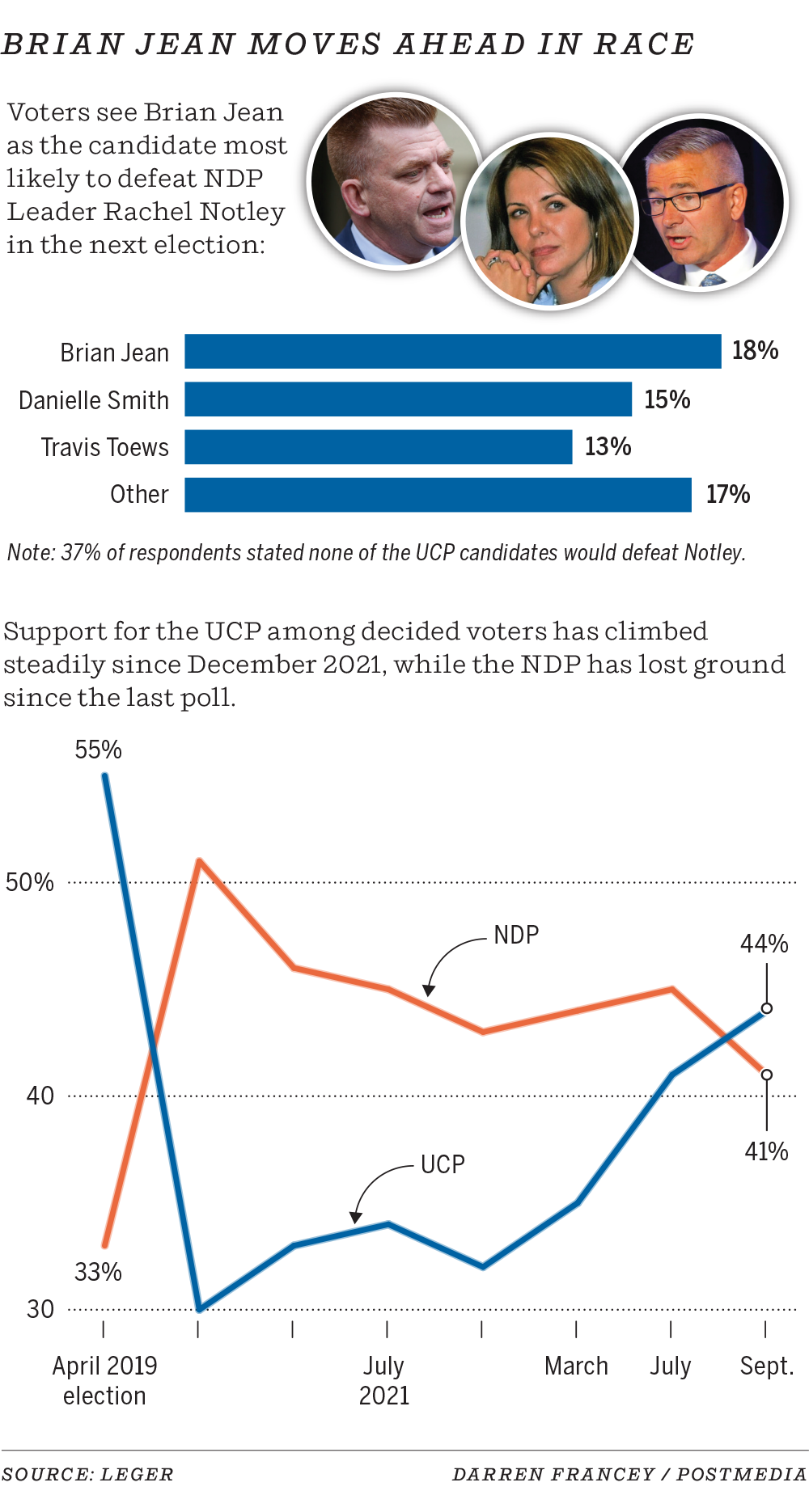Yukon's no-cause evictions are little known, poorly tracked, and 'shocked' this former tenant
'I didn’t realize that was something that could happen to
us,' says Karen MacDonald
Karen MacDonald's apartment in the Whitehorse neighbourhood of Riverdale was more than a rental unit.
It was a fresh start for her and her nine-year-old son after the death of her husband in 2015.
Stricken with grief, MacDonald found she could no longer live in the family home they shared.
So the apartment, down the street from her son's daycare and her job as a nursing home attendant at Copper Ridge Place, came into their lives at the right time.
"It was just such, such a blessing to have moved here," MacDonald told CBC News.
She was devastated when, in May, her landlord left an eviction notice on her door.
"I didn't realize that was something that could happen to us, I didn't know there was eviction without cause," MacDonald said.
CBC reached out to MacDonald's previous landlord but was unable to arrange an interview by press time.
'Enough is enough'
In Yukon, a landlord can end a rental agreement any time so long as they give two to three months notice, depending on the length of the lease.
That means a landlord can serve a tenant with an eviction notice even if they haven't broken a condition of their rental agreement.
The Yukon NDP, long advocates for changing the territory's rental legislation, held a couple of press conferences over the summer to raise the profile of the issue. The latest, on Aug. 26, put forward two tenants from the same rental address who said everyone in their building was being evicted so the landlord could raise rents. That's the third recent so-called "mass eviction" in Whitehorse's downtown, the NDP claims.
"It is building after building after building of people being evicted," NDP MLA Emily Tredger said at the Aug. 26 press conference. "Enough is enough."
The party also tabled a petition by the Anti-Poverty Coalition in the Legislative Assembly last November to stop no-cause evictions temporarily until the tenancy act can be reviewed.
Some, including the NDP and groups like Safe at Home and the Anti-Poverty Coalition, say the Yukon is one of the only jurisdictions in Canada that allows no-cause evictions.
If a tenant wants to fight an eviction, they can apply for dispute resolution at the Yukon's Residential Tenancy Office — a legally-binding process where an adjudicator makes a decision after gathering evidence from both the landlord and tenant.
Eva Wieckowski from the tenancy office said her office saw 201 disputes filed between April 2021 and March 2022.
The tenancy office doesn't track the nature of the complaints, so Wieckowski said they do not know how many are attributed to no-cause evictions. That means the prevalence of this kind of eviction is disputed.
Volume of problem disputed
Lars Hartling, the president of the Yukon Residential Landlord Association, said the rhetoric that evictions are happening without cause is just one of the challenges facing property owners in the territory right now.
He said his own real estate business hasn't made investments in residential properties in the last two years.
"There's just a ton of uncertainty in the market," Hartling said. "For every investment that's made in the Yukon, there is a landlord behind it trying to make a wise, educated decision.
"This [evictions without cause] discussion just adds to the fire and doesn't allow a certainty in the market for people to feel that they should invest here."
If a landlord does choose a no-cause eviction, Hartling said, there's always a "back story" for why. For example, the landlord could be moving back to Whitehorse or concerned about their property.
Hartling said the "vast majority" of tenancies are ended by tenants, not landlords, so he thinks the no-cause evictions issue is "very minute."
Kate Mechan, executive director of nonprofit Safe at Home, sees things differently. She believes no-cause evictions are playing a major role in homelessness in the territory.
There are roughly 200 homeless individuals, including 60 children, in Whitehorse, Mechan said. She doesn't know how many of these people were evicted without cause, but she said it's likely a "high percentage."
"Essentially anybody who's being evicted right now, who is, you know, of a certain income bracket or can't afford housing or is stuck in the rental market, will be homeless," Mechan said.
Mechan gave some reasons why tenants could face this type of eviction: landlords looking to raise rents and avoid the territory's new rent cap; renovations coming to a particular unit; or landlords moving rentals to short-term Airbnbs for the summer.
No commitment to review residential tenancy act
NDP Leader Kate White said her party raised concerns with the Residential Landlord and Tenancy Act as consultations took place in 2012. Chief among those concerns was no-cause evictions.
But she said those concerns weren't acknowledged by the government — or now, 10 years later, as the same problems persist.
"It doesn't make sense because there's an opportunity for the government to close that loophole and protect people, and they're just not doing it," White said.
A statement from Renée Francoeur, communications advisor for Yukon Cabinet Communications, didn't commit to reviewing the act.
Instead, her statement said ending no-cause evictions would mean passing an amendment in the Legislative Assembly — in what she calls a "lengthy process."
The NDP could have tabled amendments in either of the last two sessions, the statement continued, but the party did not.
"It's clearly not that much of a priority for them," the statement ends.
There is no legislative procedure that gives members a timeframe where they must review a bill, according to Dan Cable, the assembly's clerk.
Cable estimates small amendments take a year before they come into effect.
More comprehensive reviews or bill redrafts could take at least three years, he continued.
Yukon tenant association in the works
The only reason MacDonald can share her story publicly, she said, is because she's found a way out.
She and her son will be living with her fiancé in a home that he owns — a "backup," as she puts it, that many other Yukoners don't have.
"A lot of people that I've been connected with so far have been really afraid … of retaliatory evictions," MacDonald said. "And in this market, the idea of potentially damaging, endangering your housing — it's incredibly intimidating."
MacDonald is now in the early stages of creating a Yukon tenancy association that can step in for renters who are struggling to keep their landlords accountable when things go sideways.
The organization will also teach tenants about the rights that they do and don't have under the Yukon's current legislation, MacDonald said.
"There is a lack of knowledge of how vulnerable tenants are and how little protections they have," she said, "because I was shocked."



